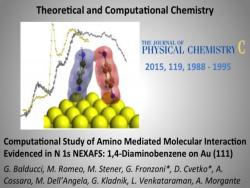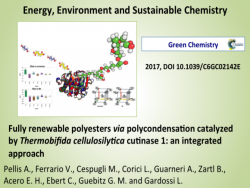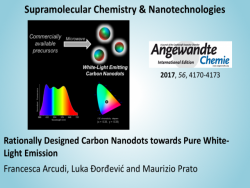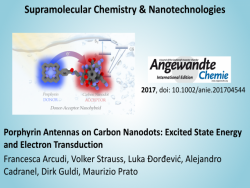Isolation and structural determination of compounds with inhibitory activity against thrombin; in-vitro and in-vivo synthesis and evaluation of PEG conjugates
Mushrooms belong to two families Basidomycetes and Ascomycetes. The Basidomycetes have shown antibacterial, antiviral, cytostatic, hypoglycemic activities. These fungi are a source of thrombin inhibitors which is still under study, although their activity against serine proteases also includes trypsin. The research is aimed to isolate and characterize new active compounds of natural origin characterized by inhibitory activity against thrombin, the key enzyme involved in the mechanisms of hemostasis. In light of the results obtained in the screening of a sample of 95 selected species of fungi, in order to assess their inhibitory activity against thrombin and trypsin, the fungi Gloeophyllum odoratum, Stereum hirsutum and Amanita Virosa have been studied and triterpene compounds have been isolated with significant inhibitory activity of thrombin.
The conjugation of drugs to simple synthetic polymers is of great interest for pharmaceutical applications. The design of prodrugs includes a research area related to the optimization of drug delivery. The polyethylene glycols (PEGs) are used as oligomeric matrices, since they are easily available in a wide range of molecular weights. The PEG is known for its low toxicity, is not antigenic and is biocompatible, is soluble in water and in most organic solvents and in view of its properties, is suitable as a carrier for drugs. Polyethylene glycol (PEG) and polymeric materials based on it have considerable interest for their pharmacological and biotechnological applications. A drug conjugated to polyethylene glycol (PEG) has a solubility better than that of the original drug, allowing also to the prodrug, in addition to adjusting the absorption and thus improving the distribution in the body, to release the drug in order to prolong the residence time of body and then in the districts in which it will perform its pharmacological action. This research is directed to increase the load capacity of the polymer and to combine the different drugs in order to obtain a synergistic effect. Prodrugs are studied in vivo and in vitro. In particular, attention is focused on the pharmacokinetic study of various molecules with different biological activity conjugated to a Multi PEG, high molecular weight and branched, whose behavior is studied in vivo in order to develope mathematical models. The high molecular weight of the branched MultiPEG has shown, in fact, to be a reliable drug delivery system capable of prolonging the permanence in blood after oral administration. From analysis of the experimental data using the mathematical model developed is clear that the prolongation of the effect of molecule/s conjugated is essentially due to the low permeability of the adduct.
Research Group
| Cateni/Zacchigna/Procida Group |







